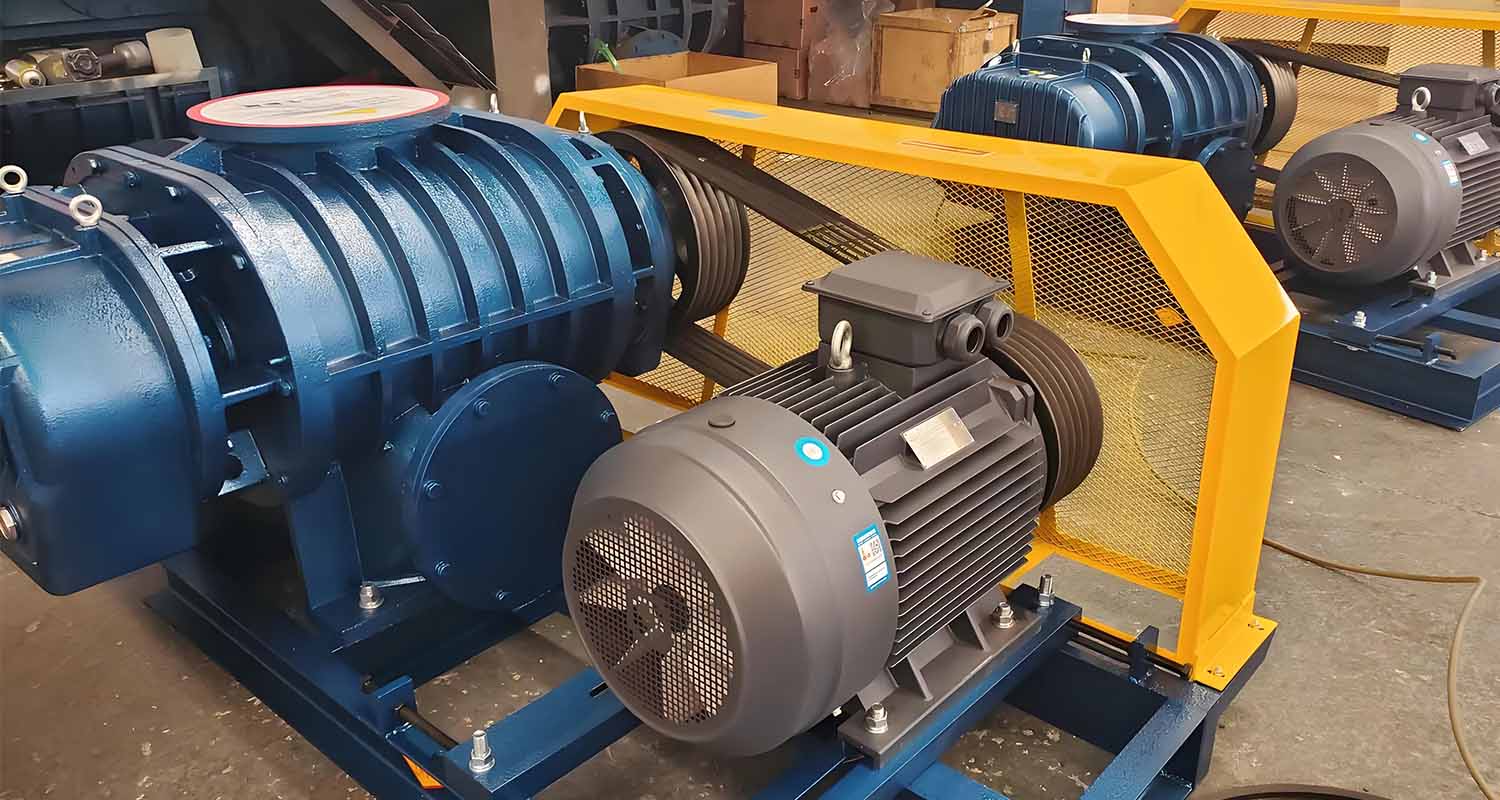In the cement industry, selecting the appropriate blower, such as Roots blowers, is crucial for production efficiency. Recently, Darko gained valuable experience while working with clients that we would like to share.
Wide range of uses of Roots Blowers
A Roots blower operates as a positive displacement rotary blower, utilizing two rotor-shaped blades to compress and transport gas through relative motion within a cylinder. This design features a simple structure, which facilitates easy manufacturing. Consequently, it is well-suited for gas conveying and pressurization in low-pressure applications. Additionally, it can effectively function as a vacuum pump.
Roots blowers are widely used in various fields due to their stable performance. They find applications in wastewater treatment, water supply, pharmaceutical and chemical industries, flue gas, dust handling, and aquaculture. Furthermore, they are involved in cement transport and desulfurization and dust removal industries, serving essential functions such as gas conveying, pressurization, and ventilation.
Background
Not long ago, a northern cement plant ordered our composite mixer and requested to pair it with a vortex blower. Previously, our composite mixers and air-chain conveyors were typically equipped with Roots blowers, so we were not very familiar with the technical parameters and performance of the vortex blower.
At the same time, a southern cement company reported that when using our FUK800×60 meter air-chain conveyor, the throughput reached 410-420 t/h, but dust began to spill, failing to meet the designed capacity of 650 t/h. This prompted us to quickly visit the site to resolve the issue.
On-Site Investigation and Analysis
Technical Parameter Review
Our technical team arrived at the site. We reviewed the installation and technical parameters of the equipment. We found that all agreed-upon indicators were met. However, the blower in use was not the Roots blower we provided. Instead, it was a vortex blower purchased by the client.
Testing Issues
During the testing process, the throughput remained stuck between 410-420 t/h, accompanied by dusting issues. After careful observation, technicians noticed that opening a viewing port about ten meters from the discharge increased the material level, allowing throughput to rise to 500 t/h. However, dusting issues reappeared under full load, creating concern.

Response Strategy
Blower Replacement
We learned that another nearby company could meet their design requirements with a different blower. Therefore, we decided to take a dual approach:
- Replace the blower with a Roots model that closely matched the technical parameters.
- Continue to explore the performance of the vortex blower.
Adjusting Variable Frequency Motor Settings
We adjusted the vortex blower. We discovered it used a variable frequency motor. The technical parameters showed that pressure and airflow varied at 50HZ and 60HZ. Therefore, we decided to increase the motor frequency to 60HZ for testing. This change allowed the throughput to easily exceed 500 t/h. Eventually, it reached 680 t/h during adjustments.
Blower Comparison Analysis
Roots Blower vs. Vortex Blower
Through this experience, we conducted a comparative analysis of the two blowers:
- Roots Blower: Offers stable pressure and airflow, with a power rating of 15 kW, making it suitable for applications with high pressure requirements.
- Vortex Blower: Pressure and airflow vary with different frequencies, with a power rating of around 20 kW. It can be used in various applications but may not be as stable as Roots blowers in certain conditions.
Conclusion and Recommendations
Based on our practical experience, the Roots blower shows better technical performance and energy efficiency. This makes it a better fit for Darko’s composite mixers and air-chain conveyors. The vortex blower can serve as a replacement in some situations. However, the Roots blower is preferable when high pressure stability is needed.
If you have any questions about blower selection or would like to learn more about our products, please feel free to contact us at Darko. Together, we can explore ways to improve production efficiency in the cement industry!

